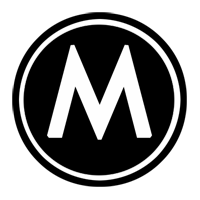Pyrocat HD
I’ve been using the same BW film and developer combination for 14 years; Kodak T-max 100 developed in Kodak X-tol 1:1 dilution. It’s what I tested when I was in school and it was tested for printing onto Ilford Multigrade IV darkroom paper. That paper had a contrast range (the point at which a black or white tone no longer prints with detail) of around 7 stops. The T-max film on the other hand has a much higher contrast range, meaning it can record detail in shadows and highlights that the paper would never see. That’s basically the Zone system in a nutshell (see my previous post for a bit more detail), to get the film and the paper to match. Fast forward ten years and I was no longer printing in the darkroom, I had switched to printing BW on digital printers after scanning the negatives and working on the files in Photoshop. It’s a much different process that requires a different input. But I was still using the same film/developer combinations. It produced decent results but as I’ve further tweaked my scanning and printing procedures the limiting factor in the creative chain is no longer the paper, it’s the film. The print system I use now is called Piezography, and it’s absolutely amazing. It sees highlight and shadow separations that the old darkroom paper never could achieve.
Because of this I’m now trying a new film/developer combination. I’ve switched from Kodak T-max to Ilford Delta and developing it in a 2-bath chemical called pyro. The system was designed around scanning the negative and forgoing zone system development. The highlights are controlled by the dilution of the developer and not by time in development. The whole point is to retain the longest tonal scale possible, to give the scanned file as much information and as much sharpness as possible…
I’m very excited to play!

